Top Things to Know Before Buying a Greenhouse Attached to Your House
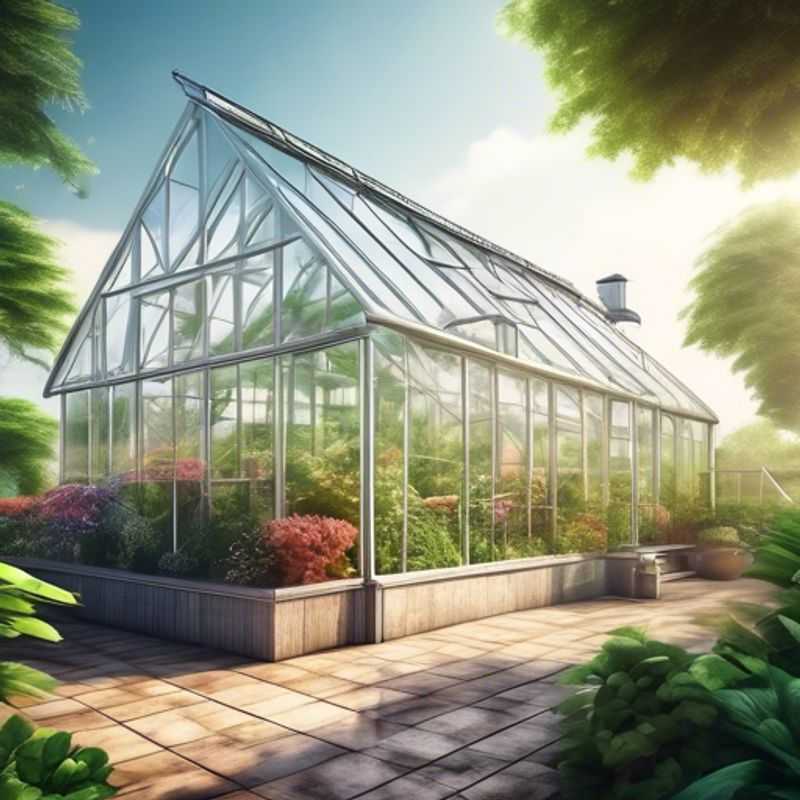
Top Things to Know Before Buying a Greenhouse Attached to Your House: Size Matters, Regulations Rule, Sunlight is Key, Choose Your Material Wisely, Ventilate and Control, Water Source and Drainage, Know Your Plants
Building a greenhouse attached to your house can be a rewarding project, allowing you to extend your gardening season and cultivate a variety of plants year-round. However, before you jump into construction, there are a few key considerations to ensure success.
First, carefully assess your backyard. Consider the size and layout to determine the appropriate greenhouse size. You'll want to ensure ample space for both the greenhouse itself and for convenient access.
Next, familiarize yourself with local regulations. Understand the building codes and regulations regarding greenhouse structures. This will help avoid any potential headaches down the line.
The location of your greenhouse is critical for optimal plant growth. Evaluate the sunlight exposure and orientation. Ideally, your greenhouse should receive at least six hours of direct sunlight daily, and a south-facing orientation is generally preferred.
Selecting the right material is another important factor. Decide on the type of greenhouse material, whether it be glass, polycarbonate, or plastic, based on your needs and budget. Each material offers unique benefits in terms of durability, light transmission, and cost.
Maintaining a suitable environment is crucial. Ensure proper ventilation and temperature control for the greenhouse. Adequate ventilation helps prevent overheating, while proper temperature regulation is essential for plant growth.
You'll also need to consider the water source and drainage. Determine the water source and drainage system for the greenhouse. This could involve connecting to your home's water system, utilizing rainwater harvesting, or establishing a well.
Finally, research the types of plants that thrive in your climate and environment. Research the types of plants that thrive in the climate and environment of your greenhouse. This will help you maximize success and enjoy a bountiful harvest.
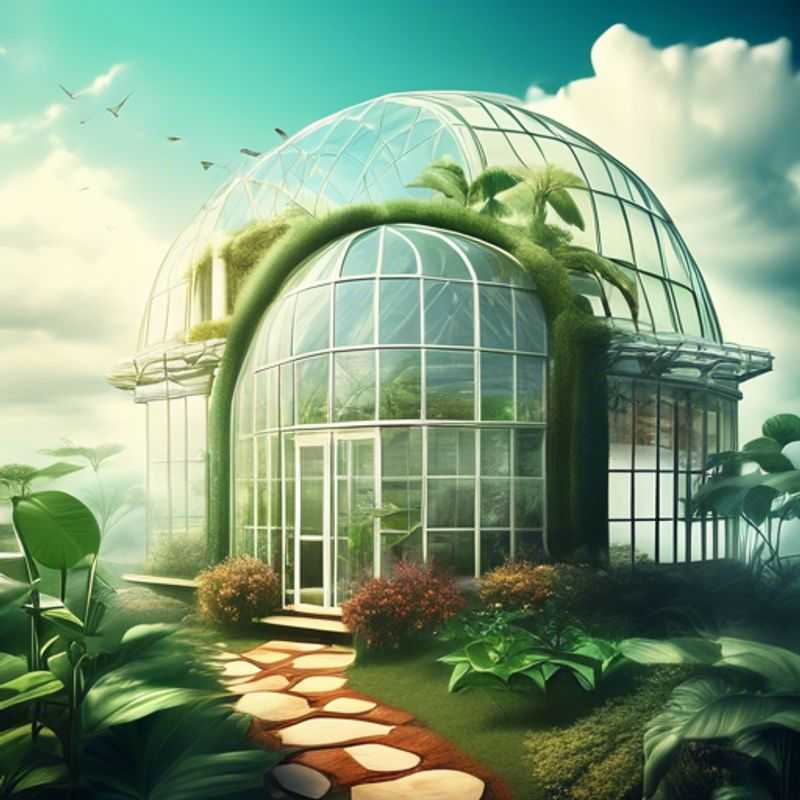
Greenhouse Sizing: Tailoring Your Oasis to Your Backyard
Before you even start thinking about the type of greenhouse you want, it’s critical to consider the size and layout of your backyard. You don't want a greenhouse that's too big or too small for your space. A greenhouse that's too big will take up too much room and could be difficult to maintain. A greenhouse that’s too small might not be large enough to accommodate all of your plants.
Consider the following:
The size of your backyard: Measure the length and width of your backyard to get a general idea of how much space you have to work with. This will help you determine the maximum size of greenhouse you can accommodate. How you want to use your greenhouse: Do you want to grow vegetables, flowers, or both? If you’re planning to grow a lot of plants, you’ll need a larger greenhouse. The amount of sunlight your backyard gets: If your backyard doesn't get a lot of sunlight, you’ll need to choose a greenhouse with a clear roof or walls. The slope of your backyard: If your backyard has a slope, you’ll need to consider how to level the ground before you install your greenhouse. The distance from your house: You’ll need to make sure your greenhouse is located a safe distance from your house, especially if you’re using a wood-burning stove to heat it.
Once you’ve considered these factors, you can start to look at different greenhouse sizes and styles. There are many different types of greenhouses available, so you’re sure to find one that fits your needs. If you are unsure which type of greenhouse is best for you, contact a local greenhouse supplier.
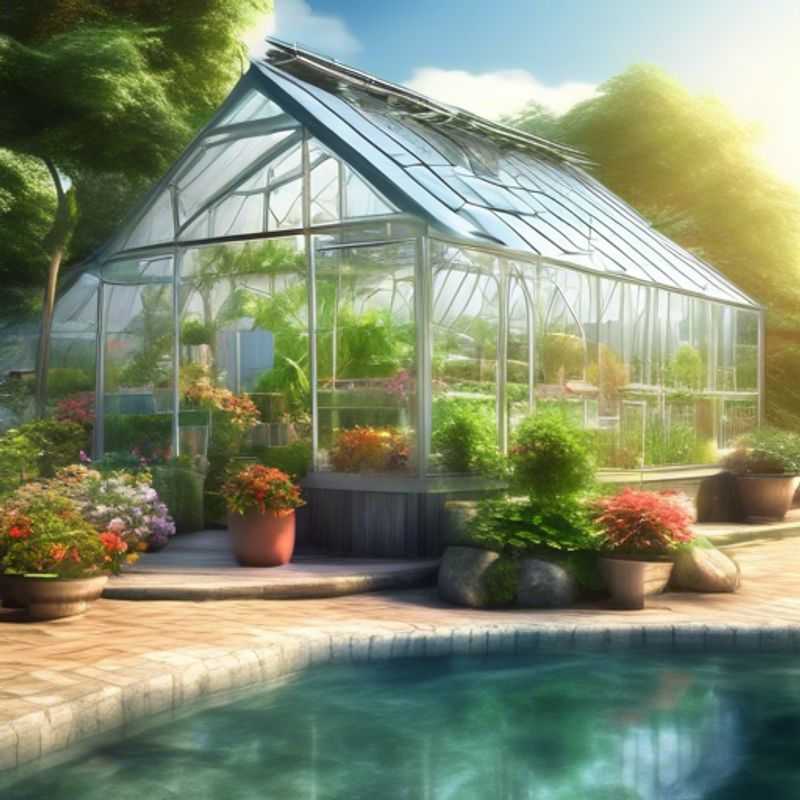
Green Thumb, Legal Mind: Understanding Local Building Codes for Your Greenhouse
Understanding local building codes and regulations regarding greenhouse structures is essential for anyone looking to construct one. Building codes can vary significantly by location, so it is crucial to consult your local government or planning office for specific requirements. These codes often address aspects such as structural integrity, electrical systems, and plumbing, if applicable.
Before starting your project, check for any zoning laws that may restrict where you can place a greenhouse. Additionally, you may need to obtain a building permit, which usually involves submitting detailed plans and possibly undergoing inspections. Fees for permits can vary widely, so it is wise to budget for these costs.
Furthermore, some areas may have specific environmental regulations that you must adhere to, such as those related to water drainage and runoff. It is important to be aware of these factors when planning your greenhouse.
In summary, always ensure you are informed about the local building codes, zoning laws, and any necessary permits and fees before beginning your greenhouse project. For further details, consult your local authorities or check online resources.
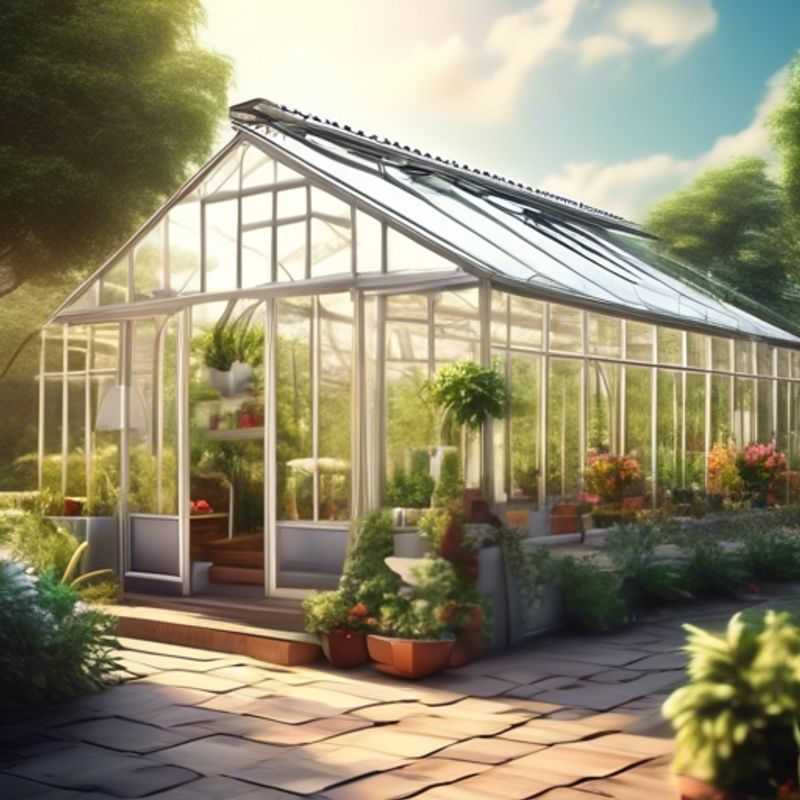
Optimizing Greenhouse Sunlight: Orientation and Exposure for Plant Success
Sunlight is essential for plant growth, and the orientation and exposure of your greenhouse play a critical role in maximizing its benefits. Here's a quick guide to ensure your plants thrive:
Orientation: A south-facing greenhouse (in the Northern Hemisphere) receives the most sunlight throughout the day. This is ideal for most plants. In the Southern Hemisphere, a north-facing orientation is preferred.
Sunlight Exposure: Aim for at least six hours of direct sunlight daily. This ensures sufficient energy for photosynthesis. Consider your local climate and plant needs. Some plants may tolerate partial shade, while others thrive in full sun.
Factors to Consider:
- Shading: Nearby trees or buildings can cast shadows, reducing sunlight exposure. Consider these factors when choosing your greenhouse location.
- Seasonal Variations: Sunlight patterns change throughout the year. Monitor the amount of sunlight your greenhouse receives during different seasons.
- Greenhouse Design: The design and materials of your greenhouse impact sunlight penetration. Consider using clear or translucent panels for maximum light transmission.
Tools to Help:
- Sunlight App: Use a smartphone app to track the sun's path and estimate the amount of sunlight your greenhouse will receive throughout the day.
- Solar Radiation Maps: Online resources provide detailed maps showing solar radiation levels for different regions. These can help you assess the potential for sunlight exposure.
By carefully considering these factors, you can optimize the sunlight exposure and orientation of your greenhouse, ensuring healthy and productive plants.
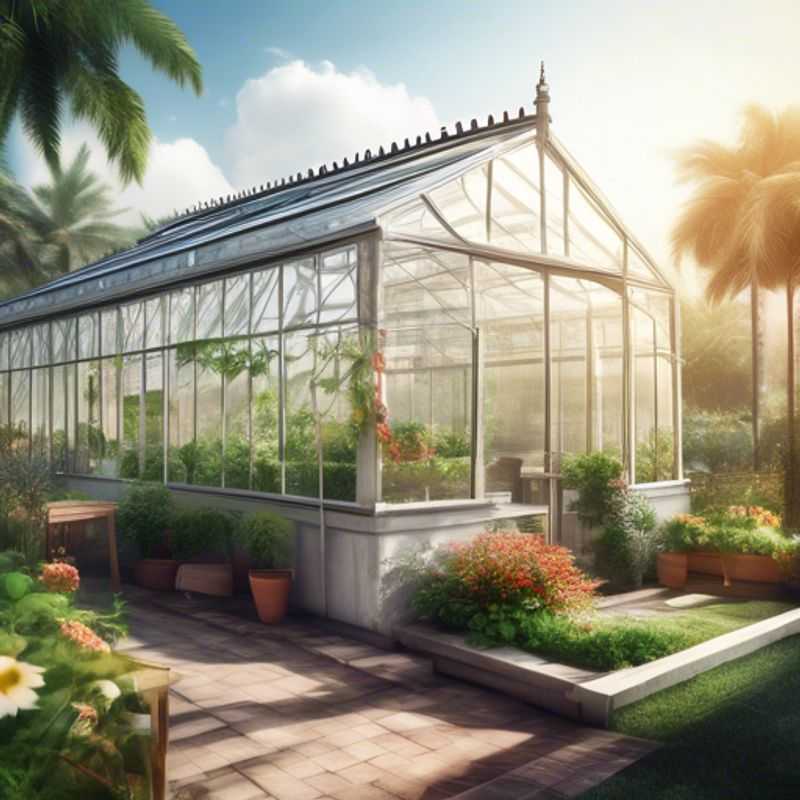
Choosing the Right Greenhouse Material: Glass, Polycarbonate, or Plastic?
When choosing greenhouse material, you're essentially deciding how much light, heat, and air will reach your plants. Glass, polycarbonate, and plastic each have their strengths and weaknesses, influencing budget and maintenance.
Glass offers the best light transmission, making it ideal for growing plants requiring high light conditions. However, it's also the most expensive and prone to breakage. You'll need to factor in the cost of heating and cooling since glass greenhouses can get very hot in summer and very cold in winter.
Polycarbonate is a durable, lightweight, and less expensive alternative to glass. It offers excellent light transmission and insulates better than glass, reducing energy costs. It's also more resistant to hail and other impacts. Polycarbonate is a good choice for both home gardeners and professional growers.
Plastic, often polyethylene, is the cheapest option. It's light, easy to install, and provides good light transmission. However, plastic is less durable than glass or polycarbonate, and it can degrade over time. It's best suited for smaller greenhouses or short-term projects.
Ultimately, the best material for your greenhouse depends on your budget, climate, and the types of plants you want to grow. It's worth researching each material further and consulting with local greenhouse experts to make the best decision for your needs.
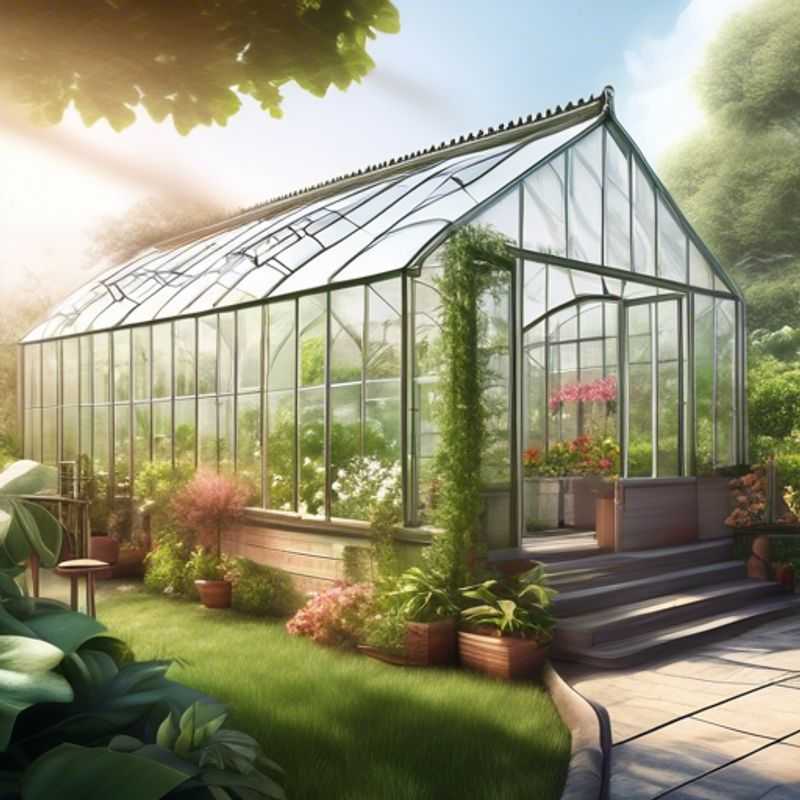
Greenhouse Symphony: Ensuring the Perfect Climate for Your Plants
A greenhouse is a structure that allows you to grow plants in a controlled environment. This means that you can provide the ideal conditions for your plants to thrive, regardless of the weather outside. One of the most important aspects of greenhouse management is ensuring proper ventilation and temperature control.
Ventilation is essential for regulating the temperature and humidity inside the greenhouse. When the air inside the greenhouse gets too hot, it can damage plants. Open vents on hot days to allow fresh air to circulate. When the air is too humid, it can create an environment where diseases thrive. Open vents on humid days to allow the moisture to escape.
Temperature control is also essential for greenhouse success. Plants have a specific temperature range in which they grow best. If the temperature is too high or too low, plants will not grow well. Use a thermostat to monitor the temperature inside the greenhouse and use a heater or cooler to adjust the temperature as needed. Heating and cooling systems can be costly to install and operate, but they are essential for ensuring that your plants have the best chance of success.
The amount of ventilation and temperature control you need will depend on the size and type of greenhouse you have, as well as the types of plants you are growing. In general, however, you should aim for a greenhouse that is well-ventilated and that has a temperature that is consistently within the optimal range for your plants.
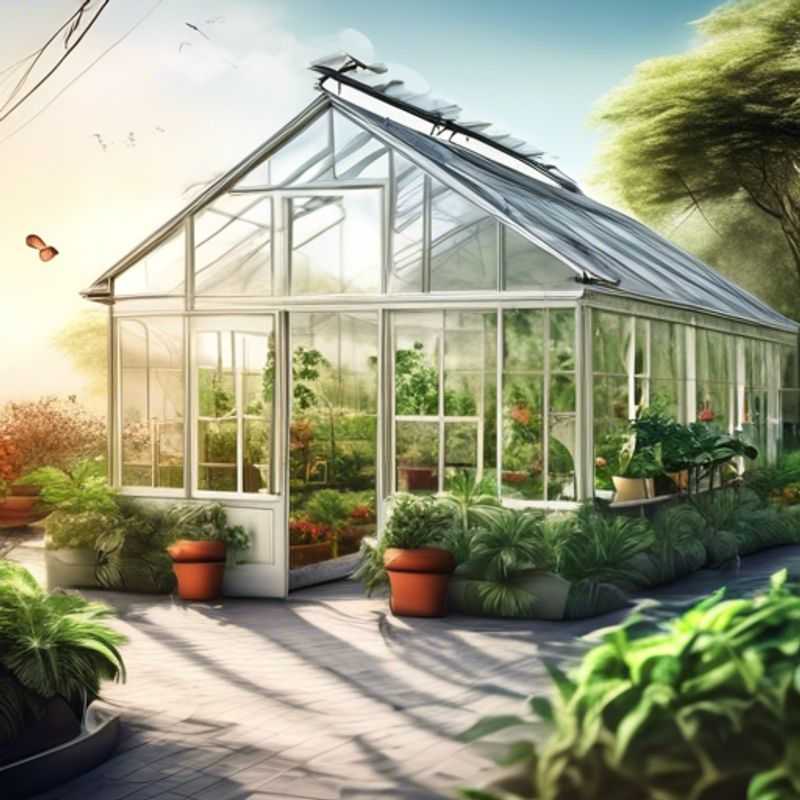
Water Source and Drainage: Essential Considerations for Your Greenhouse
Determining the water source and drainage system for your greenhouse is a crucial step in setting up a successful growing environment. Water availability and proper drainage are vital for plant health.
First, consider your water source options: municipal water, well water, or collected rainwater. Municipal water is generally the most convenient but can be expensive, especially during drought. Well water can be more cost-effective but requires testing to ensure it's safe for your plants. Rainwater harvesting systems can be environmentally friendly and save on water costs, but they may require additional investment.
Next, you need to plan your drainage system. This will ensure excess water doesn't accumulate and cause root rot. Options include:
- Gravel beds - A simple solution, but they can take up space and require maintenance.
- French drains - These underground systems divert water away from the greenhouse, but they require excavation.
- Raised beds - They offer excellent drainage and can be made from various materials.
Additionally, you might consider installing a water filtration system to remove impurities from your water source. This is particularly important if using well water or collected rainwater.
Finally, budget for the costs associated with setting up your water source and drainage system. These might include:
- Water connection fees
- Materials for your drainage system
- Labor costs for installation (if necessary)
- Maintenance and repair costs
By carefully considering your options and factoring in all associated costs, you can set up an efficient and reliable water and drainage system for your greenhouse, ensuring optimal plant growth.
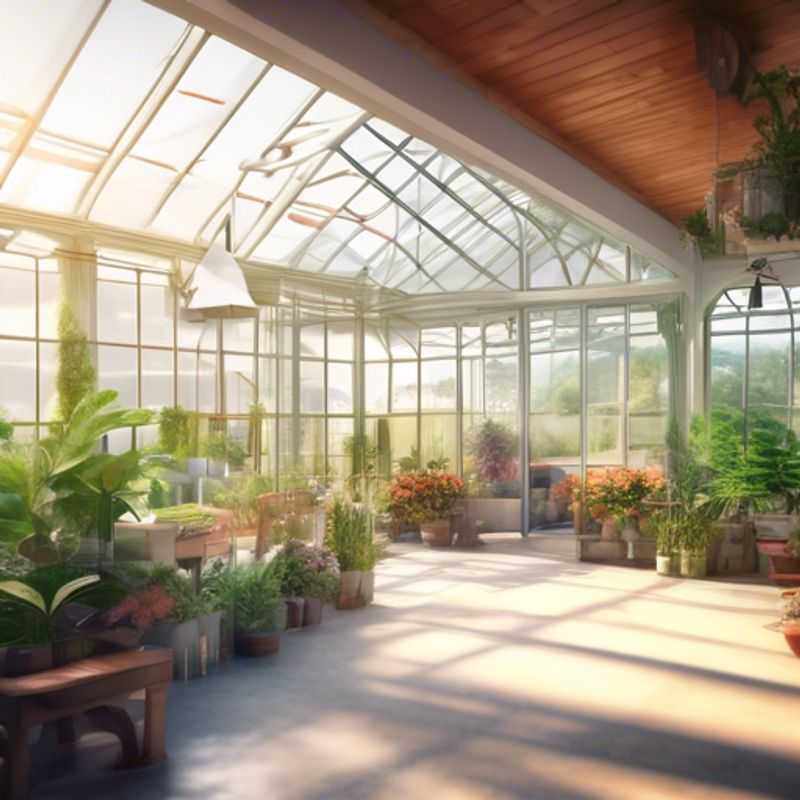
Greenhouse Gardening: Choosing Plants that Thrive in Your Climate
When setting up a greenhouse, understanding the plants that thrive in your specific climate is crucial. It’s a balancing act of light, temperature, and humidity. You’ll need to research the climate and environmental conditions of your greenhouse and match them with the optimal needs of various plant species.
First, evaluate the light conditions. How much sunlight does your greenhouse receive? Different plants have varying light requirements, from full sun to partial shade. Next, assess the temperature. Greenhouses can experience fluctuations, so consider your average temperature range and the specific needs of potential plants. Additionally, consider humidity levels, which are crucial for plant growth. Certain plants thrive in humid environments, while others prefer drier conditions. Finally, evaluate the soil type and soil quality in your greenhouse. Different plants require different soil types, such as sandy, loamy, or clay soil.
Researching online resources is a good starting point. Numerous websites offer detailed information on plant requirements, including their ideal climate, light, temperature, and humidity needs. Local nurseries and garden centers are also valuable resources. They can provide expert advice on plants suitable for your region and specific greenhouse conditions. Consulting with experienced gardeners is a great way to gather tips and advice specific to your location. They can offer insights into successful plant choices and share valuable firsthand experience.
Remember, consistent monitoring of your greenhouse is essential. Regularly measure temperature, humidity, and light levels to ensure optimal conditions for your plants. Adjusting conditions as needed can significantly impact the success of your greenhouse. Ongoing research and experimentation is vital to determine which plants thrive best in your unique environment. By focusing on the right plant choices for your greenhouse climate, you'll maximize growth and enjoy a flourishing garden.
